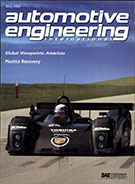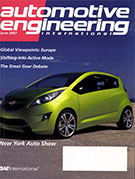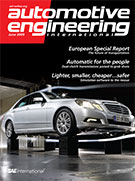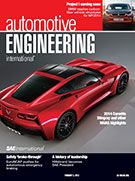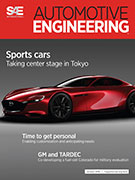Magazine
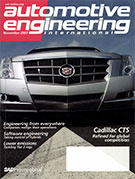
Automotive Engineering International 2007-11-01
2007-11-01
Cadillac CTS GM's all-new global sports sedan makes no excuses in chassis dynamics, body integrity, powertrain performance, premium materials, and overall craftsmanship. Taking control of hybrids Software must monitor and manage many parameters while coordinating the complex operations of the engine, electric motors, and batteries. LIghter, faster, lower cost Ducati's top engineer brought a "maniacal" approach to developing the 1098 superbike. Diesels' brave new year Lean-NOx catalysts, closed-loop cylinder pressure sensing, and homogenous combustion are making "50-states" diesels a reailty. Behind the curtain AEI takes an in-depth look at how the designers and engineers at General Motors took the company's trio of new crossover SUVs from sketchbook to road. Engineering from everywhere With future growth in car and truck sales coming mainly from emerging markets, companies are realigning their engineering operations accordingly.

